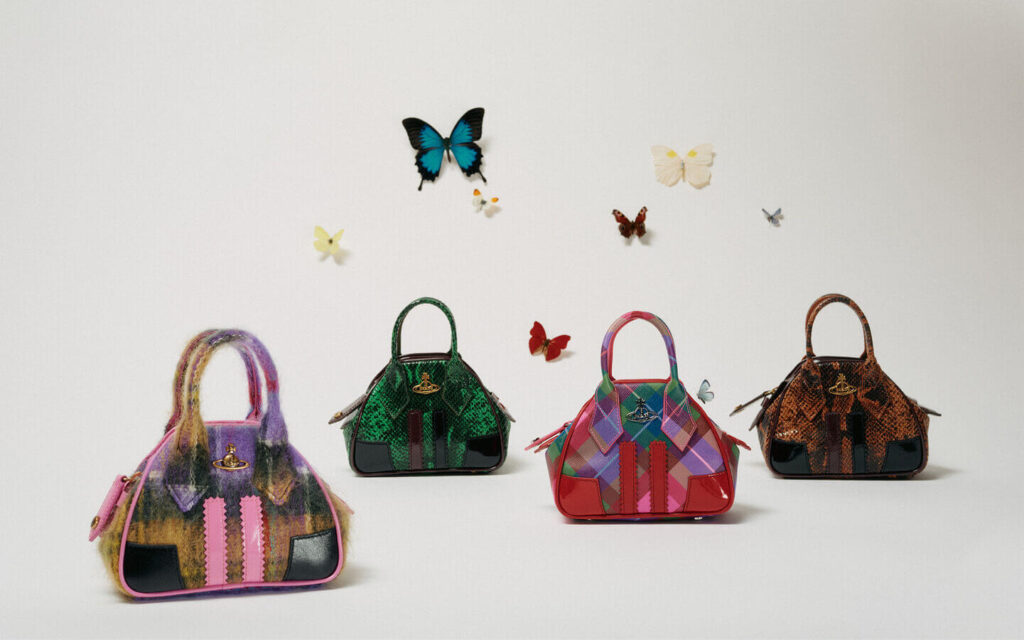On a hot tennis court one afternoon in Houston, former magazine editor Francine Ballard found herself the center of her friends’ attention, though not for her racket skills. In her hand was a Lucite cube containing a QR code, which itself contained an original work of digital art that corresponded to a gold ring of Ballard’s design. “They thought it was crazy, but they loved it,” Ballard says. “After COVID, and as I get older, my purchasing decisions have become more value-based. I could actually melt this ring down, and the gold would be worth something. I could also sell the digital art.”
Welcome to the world of NFTs, which Ballard has made the essential element of her fine jewelry company, METAgolden—and which the fashion industry at large has embraced in a big way. An NFT, or non-fungible token, is a means of uniquely representing an object or an idea (whether physical or virtual) on a blockchain, which prevents replication or alteration and provides proof of ownership (consider it the ultimate authenticity card). Glenn Martens recently upped the ante on front-row swag bags by sending NFT invitations (created by the developer Fanaply) to a select group of VIPs to commemorate his first collection for Diesel. Meanwhile, Gucci partnered with Christie’s—which set an over $69 million record for the sale of a digital work in March—to present its first NFT: a digital drawing inspired by Aria, Alessandro Michele and Floria Sigismondi’s film presentation of the spring 2021 collection. Burberry announced a partnership earlier this summer with Mythical Games, known for its popular game Blankos Block Party (which features NFT vinyl toys called Blankos as avatars that can be collected, upgraded, and sold). The brand will release a limited-edition Blanko for the game, which is paving the way for player ownership in gaming. User-owned virtual world Decentraland, where participants can game as well as build marketplaces and other applications, offers a revolving boutique of wearables (Atari sneakers, anyone?). With remote work becoming the new normal, it begs the question: What will you be wearing in your virtual conference room of the future?
For perfumer Ben Krigler, it’s not only about the visual: He believes any VR headset worth its weight in MANA (Decentraland’s native currency) will have a scent component, and he also sees blockchain technology as the ultimate insurance policy for his 117-year-old family business—and for his clients, who want to safeguard the formulas for their $150,000 bespoke fragrances. “Part of our archive is currently in a cellar in France,” says Krigler, fully aware of the technological gulf between the subterranean storage and the NFT he created for one crypto-loving couple on request (an animated digital watercolor designed on an iPad, featuring a pigeon paddling across a Venetian canal, flask of perfume in tow).
This article appears in the September 2021 issue of ELLE.
This content is created and maintained by a third party, and imported onto this page to help users provide their email addresses. You may be able to find more information about this and similar content at piano.io





More Stories
Celebrity Fashion Trends That Ruled 2025
Best Dressed at the Oscars 2025
Top Streetwear Fashion Trends Dominating 2025